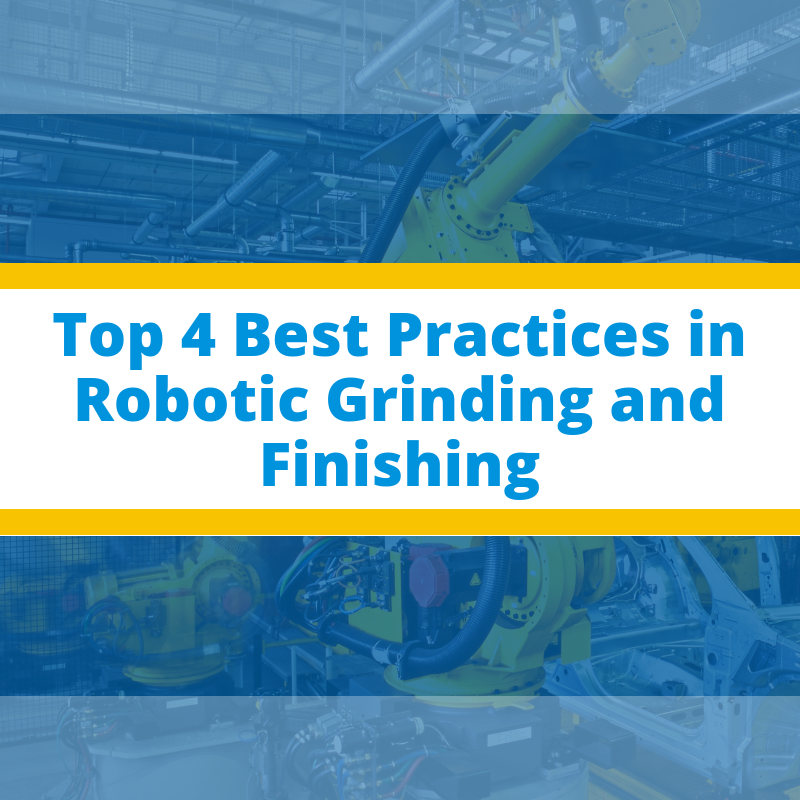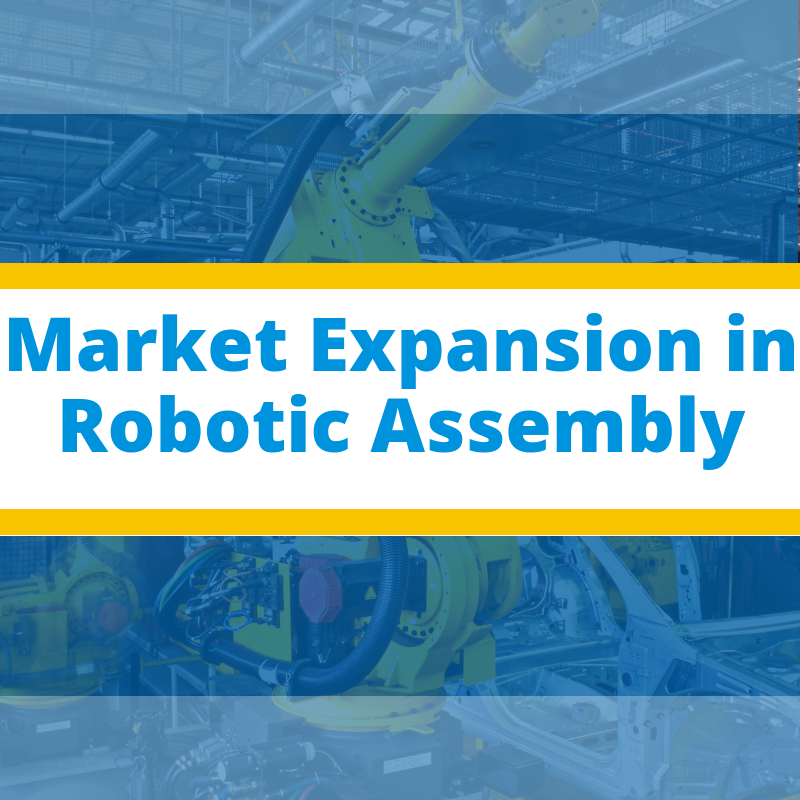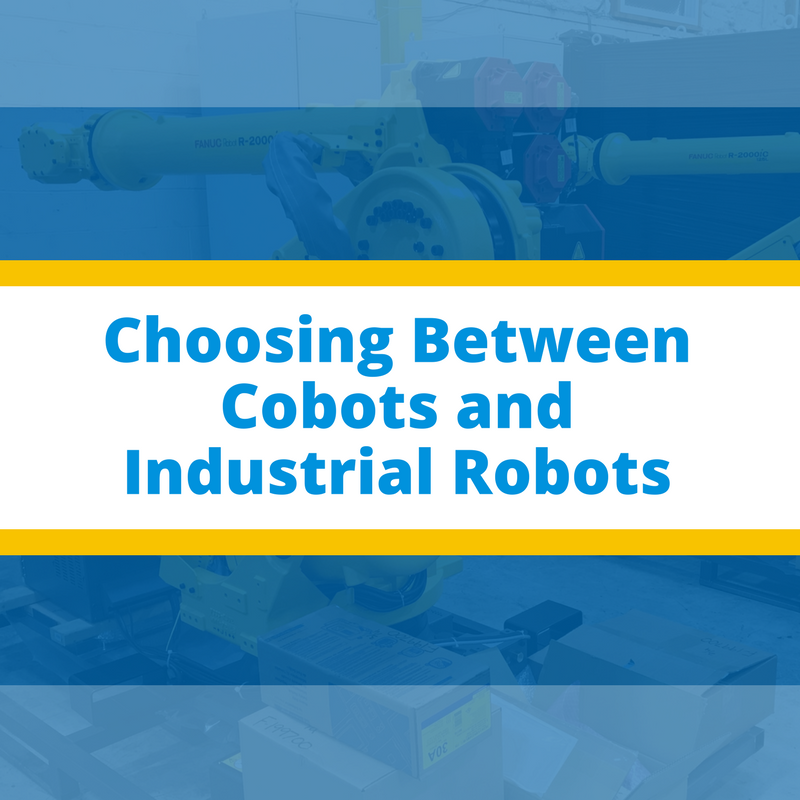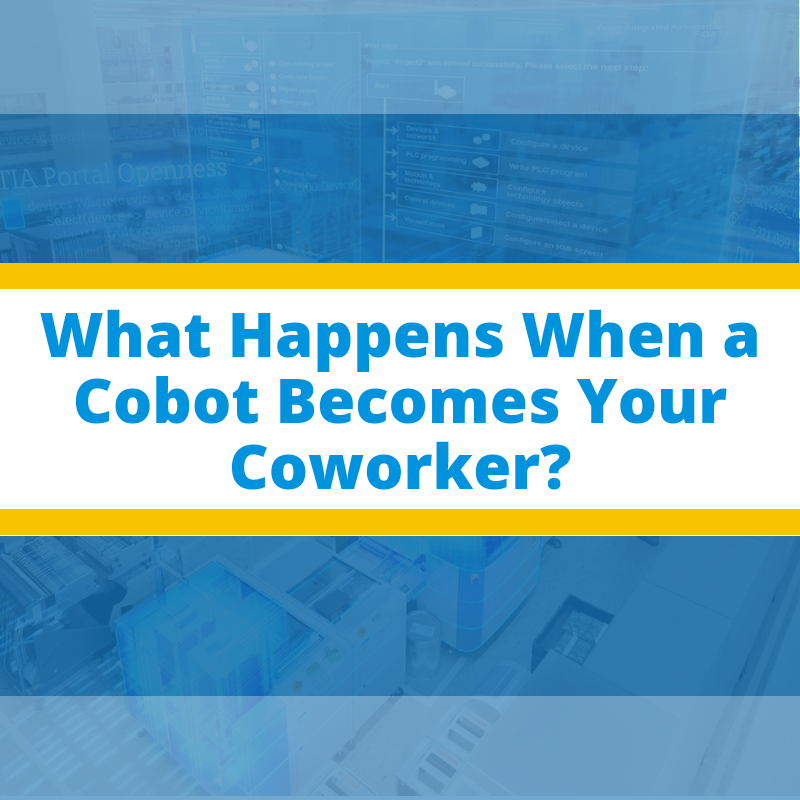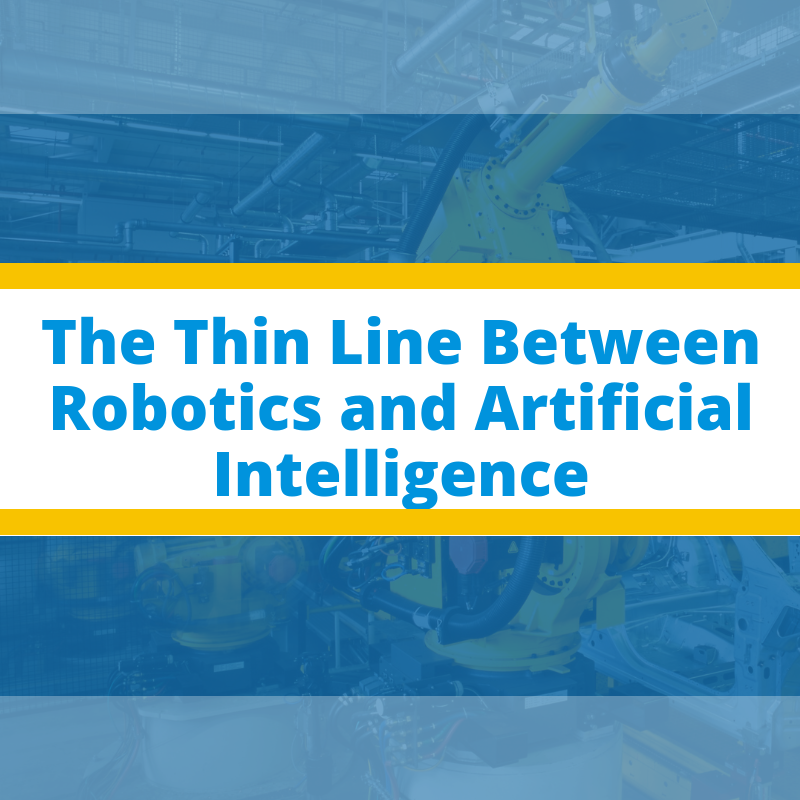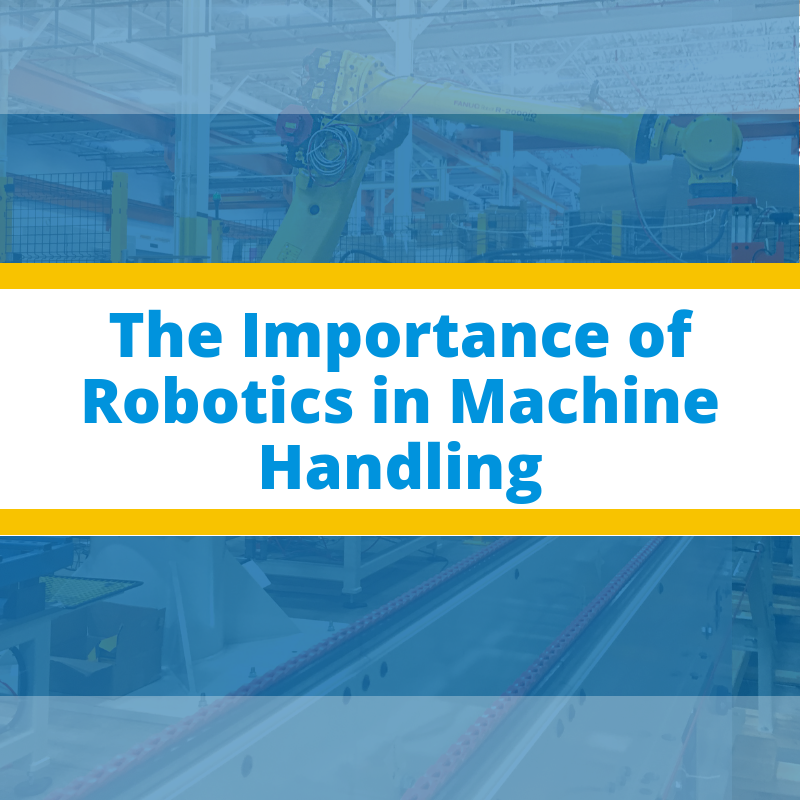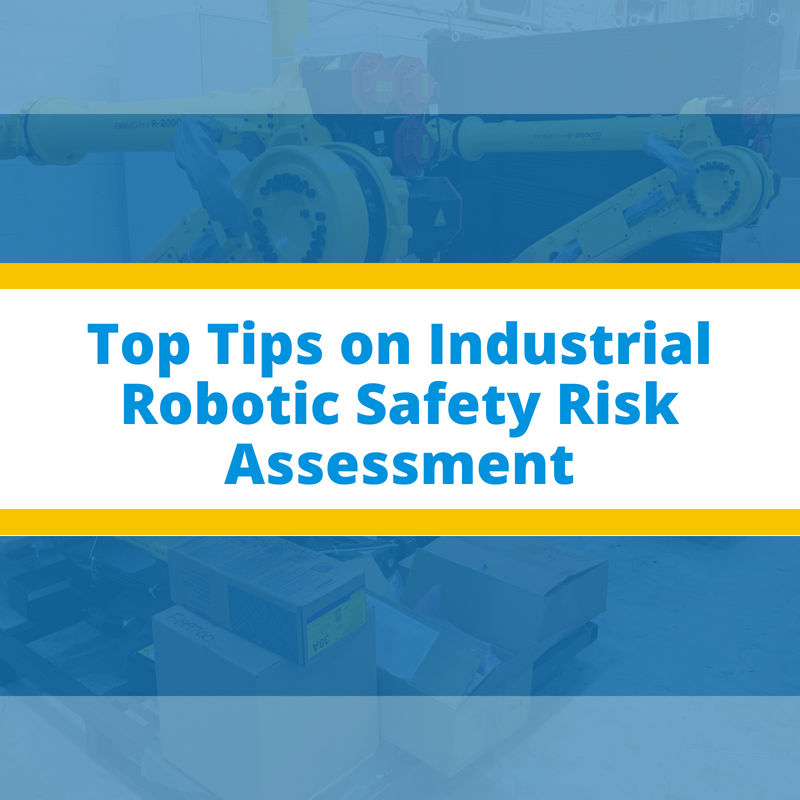Robotic grinding and finishing are relatively new industrial concepts, with companies are still innovating standard practices that would ensure a high Return on Investment and long-term sustainability. Both concepts show a lot of potential, but site owners often run into problems related to efficiency.
The following four tips can help you ensure that your robotic grinding and finishing.



